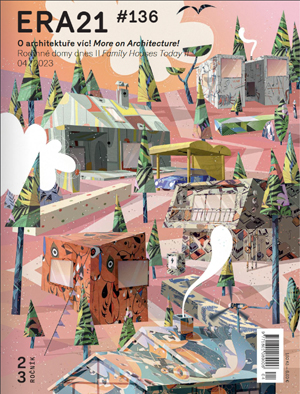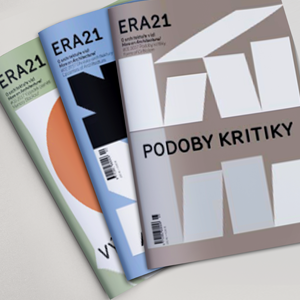Back in the 1920s, architect Leopold Bauer described the department store as the cornerstone of public life—a space where culture, fashion, and education converged. His vision went on to inspire numerous department store projects. In recent decades, however, many of these buildings have suffered neglect, marginalization, and, subsequently, a functional and material decline—marked by vacancies, disorder, and in some cases, demolition.
» entire articleIn 2026, Trenčín will become the European Capital of Culture. One of the systemic decisions the City Hall has made in connection to this was to establish the position of the City Curator, a specialised custodian of city public spaces under the City Hall’s Department of Spatial Planning. So far, Trnava has been the only city in Slovakia that has its own city curator. In a conversation with Omar Mirza, we discuss what his new job entails, how successful he has been in promoting public participation and what he has achieved in his first year in Trenčín.
» entire articleHouse for Julie, the first children’s hospice in the Czech Republic, is located on the grounds of the Kociánka Retirement Home in Brno. The hospice provides palliative and respite care, rehabilitation, psychotherapy, and comprehensive family care. It’s a refuge, a place where one can experience the most difficult moments but also find peace, relief, mutual support or solitude. It’s a place for everyday life and joyful gatherings, too. Despite its size, the building appears quite inconspicuous, set carefully into the existing naturally formed amphitheatre of the park and organized around a central courtyard with mature trees and a small pond. All common spaces, as well as private children’s rooms, are oriented towards this central green space. A walkway on the roof leads to a hilltop meditation spot, easily accessible at any time, from the parents’ rooms on the second floor.
» entire articleAfter decades of marginalisation and, more recently, years of controversial public debate spurred by misguided political statements, the victims of the Roma holocaust finally have a memorial place in Lety near Písek to pay tribute to their memory. The original site of the Roma concentration camp, which had since been used as a large-capacity pig farm (a baffling decision dating back to the Normalization period), was cleared to allow the planting of an extensive landscape memorial. Winner of an international competition, the design uses a forest—a metaphor for community—as the main compositional element, with time as an important actor in the design. There is no final or finished form, and the memorial represents a changing natural process. The primary commemorative function is complemented by an educational aspect, with an outdoor audio‑visual trail and a visitor centre.
» entire article

ERA21 vydává ERA Média, s. r. o. |
|
|
Phone: +420 530 500 801 E-mail: redakce@era21.cz |
|
| WEBdesign Kangaroo group, a.s. |